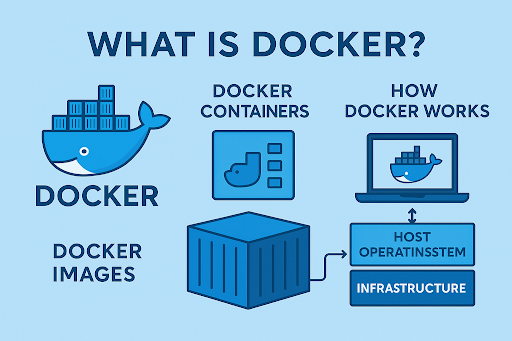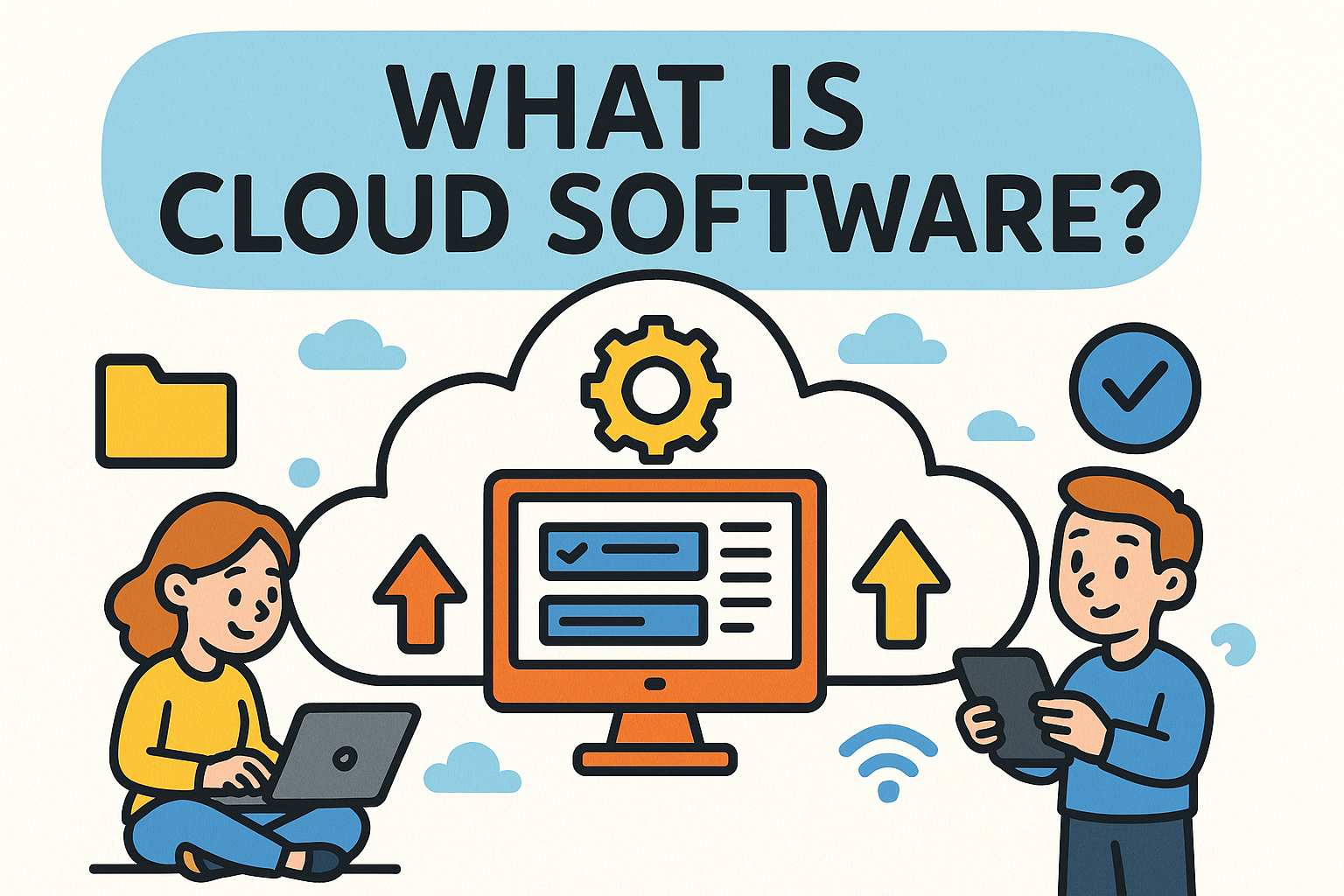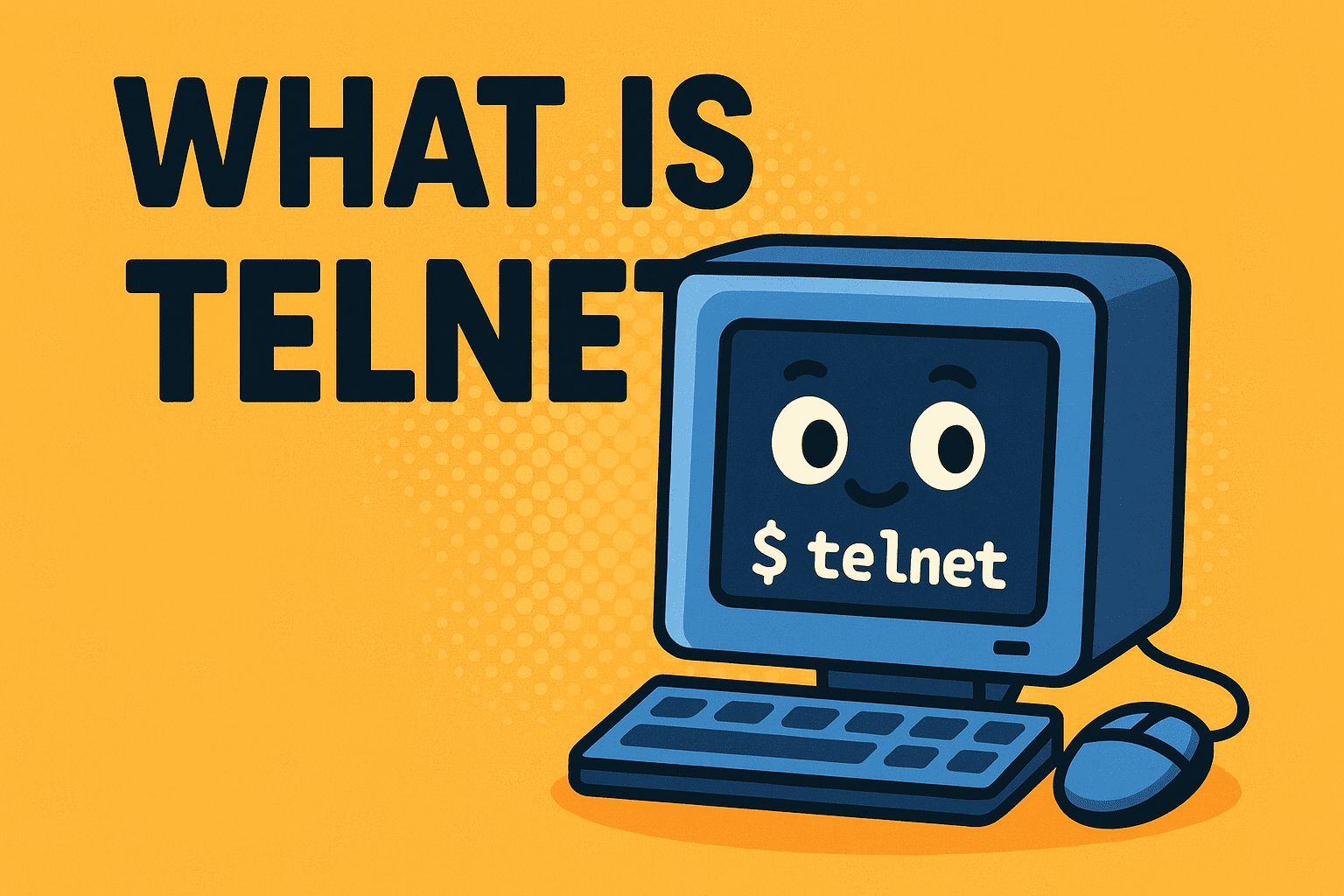Why Everyone’s Talking About Docker
Updated on June 10, 2025, by Xcitium

How do tech giants like Netflix, PayPal, and Spotify roll out updates with zero downtime and bulletproof security? The answer often includes one powerful tool: Docker.
So, what is Docker? Docker is a platform that simplifies and accelerates application development using containerization. For cybersecurity leaders, IT managers, and decision-makers, Docker enables scalable, secure, and efficient deployment pipelines that align with modern DevOps practices.
According to a 2024 survey by Stack Overflow, over 65% of developers actively use Docker, and its relevance continues to grow across industries.
What is Docker?
Docker is an open-source platform that allows you to automate the deployment of applications inside lightweight, portable, and self-sufficient units called containers. These containers package everything an app needs—code, runtime, system tools, libraries—so it can run reliably across different computing environments.
Whether you’re deploying to a private cloud, public cloud, or on-prem infrastructure, Docker ensures consistency and speed.
Key Features of Docker:
- Lightweight and fast
- Platform-agnostic
- Easy to scale
- Secure isolation for apps
- Supports CI/CD pipelines
In essence, Docker empowers teams to “build once, run anywhere.”
How Docker Works: A Simplified Breakdown
To understand how Docker works, it helps to first grasp the idea of a container.
🔹 Docker Containers
Containers are lightweight, standalone environments that run an application and its dependencies. Unlike virtual machines, they share the host system’s kernel, making them more efficient.
🔹 Docker Engine
The Docker Engine is the runtime responsible for building and running containers. It uses a client-server architecture where commands are sent to the Docker daemon.
🔹 Docker Images
A Docker Image is a read-only template used to create containers. Think of it as a snapshot of your application, including its environment and dependencies.
🔹 Dockerfile
This is a text file containing all instructions to build a Docker image. It automates image creation with layers for faster updates.
Docker Containers vs Virtual Machines
Let’s compare Docker vs Virtual Machine environments to see why containers are becoming the go-to choice:
| Feature | Docker Containers | Virtual Machines |
| OS Usage | Share host OS | Each has its own OS |
| Startup Time | Seconds | Minutes |
| Resource Usage | Low | High |
| Portability | High | Moderate |
| Isolation | Process-level | Full machine-level |
Conclusion: Docker offers the speed and flexibility needed for modern DevOps and cybersecurity pipelines, with less overhead than VMs.
Benefits of Docker in Cybersecurity and IT Management
For security-conscious IT teams and forward-thinking CEOs, Docker delivers real-world benefits:
✅ Faster Deployment
Containers launch in seconds, making frequent releases and updates seamless.
✅ Enhanced Security
Docker isolates applications, reducing the attack surface. It also supports image scanning and signed images.
✅ Scalability & Portability
Easily scale services up or down, and migrate across cloud providers without compatibility issues.
✅ Cost Efficiency
By eliminating redundant OS instances and maximizing hardware utilization, Docker reduces infrastructure costs.
✅ Streamlined DevOps
Docker integrates smoothly with CI/CD tools, helping DevOps teams ship better code faster.
Common Docker Use Cases by Industry
- Finance: Securely sandbox microservices to meet compliance.
- Healthcare: Package HIPAA-compliant apps for seamless cloud migration.
- E-Commerce: Deploy and roll back updates instantly with minimal disruption.
- Telecom: Scale on-demand to handle large traffic spikes.
Getting Started with Docker: Actionable Tips
If you’re considering Docker adoption, here are practical steps:
- Learn the Basics – Master core commands (docker run, docker build, docker pull).
- Use Docker Hub – Find pre-built Docker images for common frameworks and services.
- Write a Dockerfile – Define your environment setup and dependencies in a repeatable way.
- Integrate with CI/CD – Connect Docker with Jenkins, GitLab CI, or CircleCI.
- Secure Your Images – Use tools like Docker Bench and Snyk for vulnerability scanning.
Pro Tips: Best Practices for Using Docker
- Use minimal base images (e.g., Alpine Linux)
- Keep containers stateless and ephemeral
- Avoid running containers as root
- Regularly scan and update images
- Limit container privileges with security profiles
Conclusion: Ready to Modernize Your Infrastructure?
If you’re asking what is Docker, you’re already on the path to transforming how your organization builds and deploys software. Docker offers unmatched flexibility, performance, and security—making it indispensable for modern DevOps and cybersecurity frameworks.
🔗 Want to see Docker in action? Request a free demo and explore secure containerization tailored to your industry.
FAQs: What People Also Ask About Docker
1. What is Docker used for?
Docker is used to develop, ship, and run applications in isolated containers, ensuring consistency across environments.
2. Is Docker a virtual machine?
No. Docker uses containers, which are more lightweight and share the host OS, unlike full-fledged VMs.
3. What is the difference between Docker and Kubernetes?
Docker creates and runs containers. Kubernetes orchestrates and manages large numbers of containers in production.
4. How secure is Docker?
Docker includes strong isolation, image scanning, signed images, and runtime security configurations, especially when combined with DevSecOps practices.
5. Can Docker be used in production environments?
Absolutely. Docker is widely used in enterprise-grade applications, including banking, healthcare, and cloud-native services.















